Tile Material Comparison: Which Tile Is Best for Your Home Renovation?
Choosing the right tile can elevate your kitchen, bathroom, or living space into a stunning masterpiece while ensuring it stands the test of time. In this comprehensive guide, we’ll delve into the primary tile categories, their durability and maintenance, current aesthetic trends, cost factors, and the importance of professional installation. Whether you’re envisioning a high-end kitchen remodel in Washington D.C. or a serene bathroom oasis, this guide will help you select the perfect tile for your home and introduce you to the expert renovation services of Scanbuild LLC.
What Are the Main Types of Tile Materials for Home Use?
Tile materials define both floors and walls by blending composition, finish, and design to meet your performance and style aspirations. Four main categories lead the way in luxury home renovations: porcelain, ceramic, natural stone, and specialty/eco-friendly options. Each offers distinct advantages and aesthetic opportunities, starting with the unparalleled resilience of porcelain tile.
What Makes Porcelain Tile a Durable and Versatile Choice?
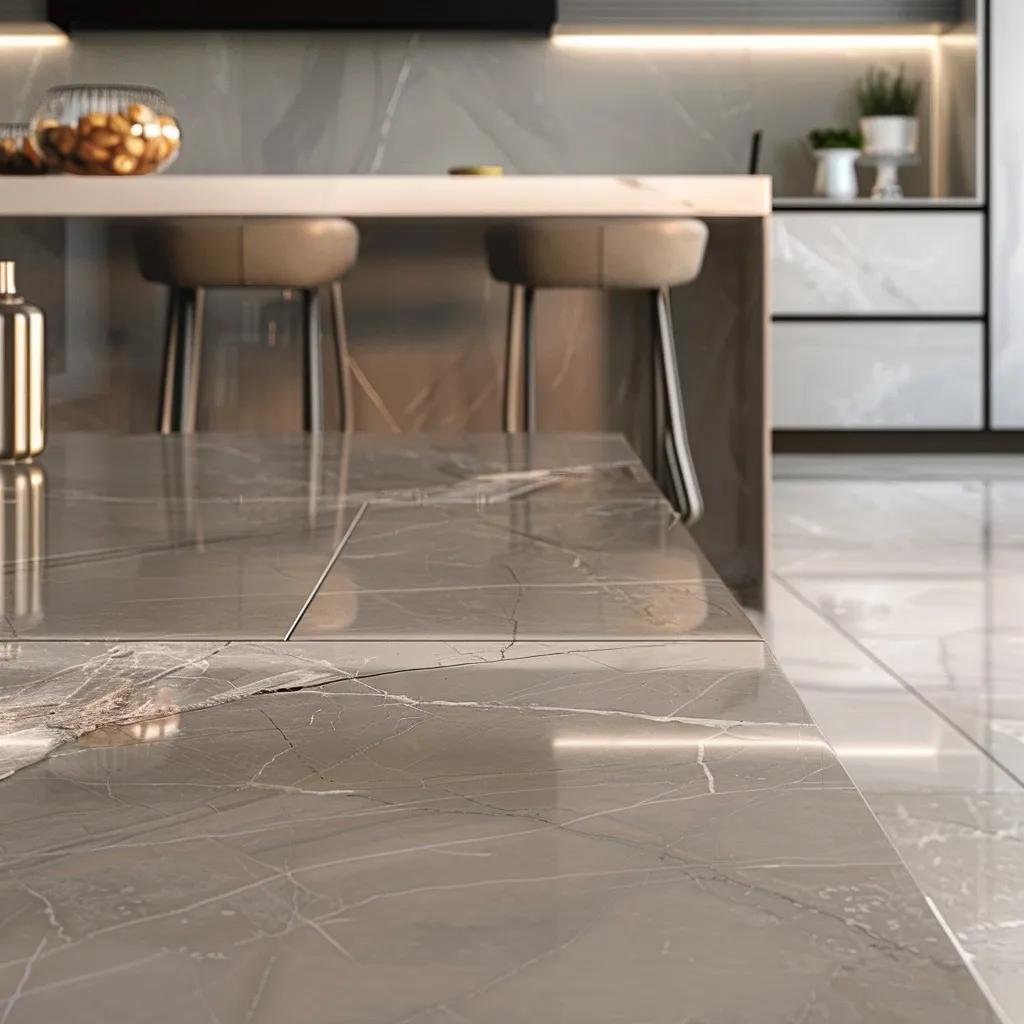
Porcelain tile is renowned for its exceptional durability and versatility, thanks to its high density and low porosity, making it resistant to water, stains, and heavy foot traffic in luxury homes. Its fine-grain composition and high-temperature firing create a surface suitable for both indoor and outdoor applications.
Pros and Cons of Porcelain Tile:
- Pros Outstanding wear resistance for busy kitchens and hallways. Water absorption below 0.5%, perfect for bathrooms and patios. Stain and scratch resistance maintains its appearance over time. Available in a wide range of finishes, including wood-look and stone-effect.
- Cons Higher material and installation costs compared to basic ceramic. Hardness requires specialized cutting and tools. Cold surface underfoot may necessitate radiant heating.
Porcelain’s performance makes it a top choice for luxury renovations. Next, we’ll explore how ceramic tile offers budget-friendly elegance.
Durability of Porcelain Tile
Porcelain tile is celebrated for its exceptional wear resistance, low water absorption, and resistance to stains and scratches, making it ideal for high-traffic areas. Its durability is a key factor in its suitability for both indoor and outdoor applications, ensuring a long-lasting and aesthetically pleasing surface.
This standard provides a framework for understanding the properties of ceramic tiles, supporting the claims about porcelain tile’s durability.
How Does Ceramic Tile Offer Affordable Elegance?
Ceramic tile combines clay-based manufacturing with modern glazing techniques to deliver cost-effective elegance in kitchens and bathrooms. Fired at lower temperatures than porcelain, ceramic tiles offer a vast palette of colors and patterns at an accessible price point.
Pros and Cons of Ceramic Tile:
- Pros Lower cost per square foot supports tight renovation budgets. Ease of cutting and handling simplifies DIY and professional installs. Glazed surfaces provide vibrant colors and patterns. Suitable for walls, backsplashes, and low-traffic floors.
- Cons Porosity higher than porcelain, requiring grout sealing. Less scratch-resistant under heavy foot traffic. Thinner body can chip more easily than porcelain.
Ceramic’s affordability makes it attractive for decorative wall applications, but for true luxury character, natural stone takes the lead.
Why Is Natural Stone Tile Considered the Epitome of Luxury?
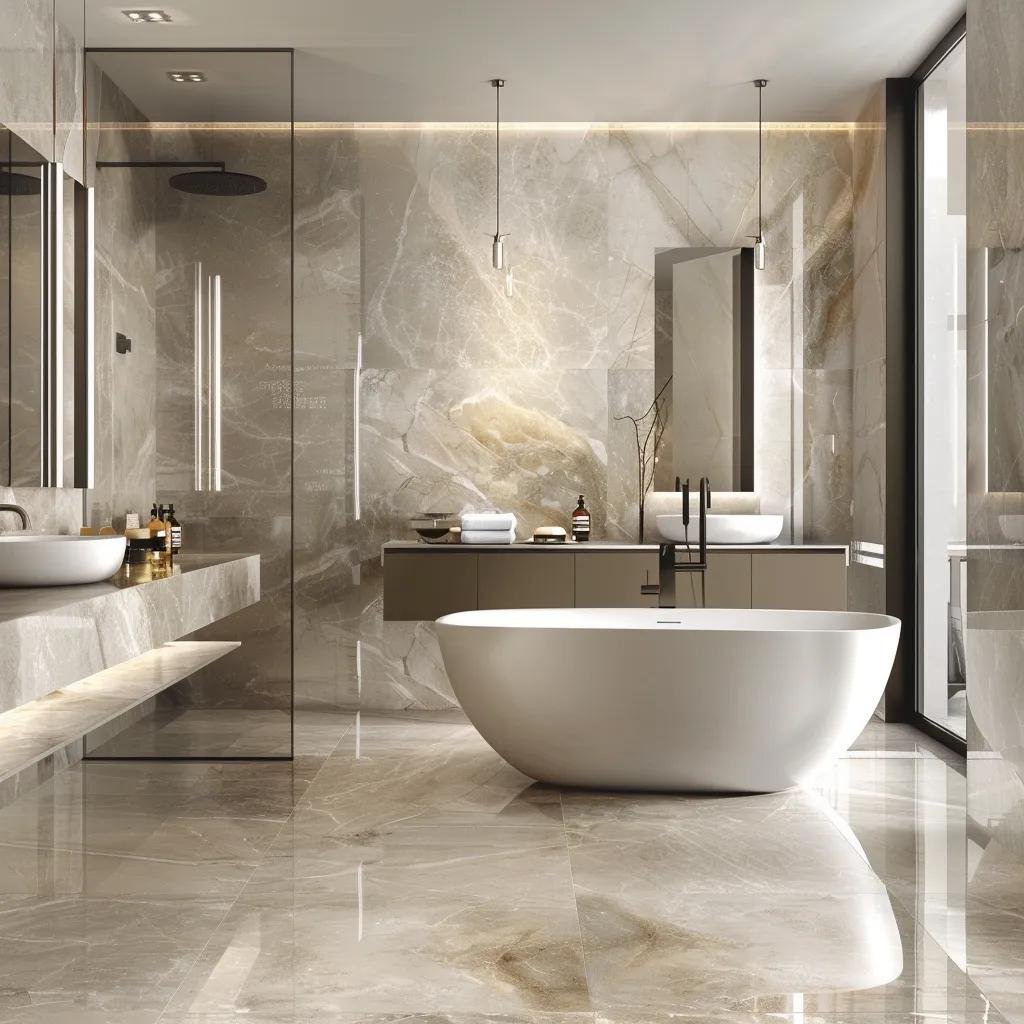
Natural stone tile such as marble, granite, and slate commands luxury appeal through unique veining, lasting value, and tactile depth that elevate upscale interiors. Each stone type presents distinct properties that influence performance and maintenance.
General Pros and Cons of Natural Stone:
- ProsOne-of-a-kind patterns add significant property value.Exceptional hardness for long-lasting floors and countertops.Natural texture enhances tactile and visual depth.
- ConsHigher initial investment and installation complexity.Requires regular sealing to prevent staining.Weight demands reinforced substrate and professional handling.
Natural stone’s prestige makes it the ultimate luxury statement before we explore innovative specialty and eco-friendly tile materials.
Maintenance Needs of Natural Stone
Natural stone tiles, such as marble and granite, require specific maintenance to preserve their appearance and integrity. Regular sealing is essential to protect against staining and water absorption, ensuring the longevity of the stone’s natural beauty.
This guide provides detailed information on the care and maintenance of natural stone, supporting the article’s claims about the upkeep required for these materials.
What Specialty and Eco-Friendly Tile Options Are Available?
Specialty and eco-friendly tiles extend design possibilities with concrete, glass, recycled materials, cork, and bamboo, blending innovation with sustainability. These options support green building goals while delivering distinctive looks.
This list explores key alternatives and their applications:
- Concrete tile provides modern industrial style with high compressive strength.
- Glass tile offers luminous backsplashes and accent walls with easy cleaning.
- Recycled glass and ceramic tile reduce waste while presenting vibrant mosaics.
- Cork tile delivers warm underfoot comfort and natural acoustic benefits.
- Bamboo tile combines renewable sourcing with moisture-resistant performance.
These alternative materials showcase ecological benefits and texture variety before we examine how durability and maintenance shape long-term material choices.
How Do Durability and Maintenance Affect Tile Selection?
Durability and maintenance considerations ensure tile choices align with homeowner lifestyles by balancing wear resistance, water absorption, and upkeep routines, exemplified by porcelain’s low water absorption in bathrooms. Proper selection maximizes lifespan and appearance under varied use conditions.
Which Tiles Are Best for High-Traffic and Wet Areas?
Porcelain and specific glazed ceramic tiles with high PEI ratings and low water absorption rates excel in high-traffic kitchens, entryways, and wet areas by minimizing scratches and stains.
Selecting tiles with appropriate ratings reduces long-term wear and informs maintenance strategies compared next.
What Are the Maintenance Needs of Natural Stone vs. Manufactured Tiles?
Natural stone tile demands periodic sealing and gentle cleaning to protect porosity, while manufactured porcelain and ceramic tiles generally require routine sweeping and standard mopping without sealing.
Key Maintenance Requirements:
- Natural Stone needs professional-grade sealant applied annually.
- Porcelain Tile performs with routine cleaning and no sealant.
- Ceramic Tile requires grout sealing every 1–2 years to prevent discoloration.
Understanding these upkeep demands leads into how design trends influence tile selection across luxury interiors.
How Do Aesthetics and Design Trends Influence Tile Choice?
Aesthetic appeal and evolving design trends such as large-format layouts, textured surfaces, and wood-look finishes guide tile selection by matching visual style with functional needs in upscale homes. Trend alignment ensures a cohesive, on-point interior design.
What Are the Latest Trends in Luxury Tile Designs?
Large-format porcelain slabs, textured designs, bold geometric patterns, and ultra-realistic wood-look planks dominate luxury tile design, creating expansive, seamless, and inviting interiors.
Latest Design Trends:
- Large-Format Slabs create minimal grout lines and spacious looks.
- Textured Surfaces add depth and slip resistance for wet areas.
- Geometric Mosaics deliver artisanal flair on floors and walls.
- Wood-Look Planks offer natural warmth with tile durability.
These trends reveal how color and texture further enhance your home’s character.
How Can Tile Color and Texture Enhance Your Home’s Interior?
Tile color and texture shape interior ambiance by reflecting light, adding depth, and complementing cabinetry, with glossy finishes brightening spaces and matte or honed textures adding sophistication.
Color & Texture Strategies:
- Glossy finishes amplify light and visual spaciousness.
- Matte finishes create understated elegance and hide smudges.
- Honed and textured surfaces add tactility underfoot.
- Contrasting grout lines highlight pattern and layout.
With aesthetics covered, we next consider the financial implications of various tile choices.
What Are the Cost Considerations When Choosing Tile Materials?
Cost considerations for tile selection encompass initial purchase price, installation expenses, and projected resale value impact, as seen in the premium investment of natural stone versus budget-friendly ceramic. Balancing these factors secures long-term satisfaction.
How Does Initial Cost Compare to Longevity and Resale Value?
Cost and Value of Tile Materials
The initial cost of tile materials varies significantly, with ceramic being more budget-friendly compared to porcelain and natural stone. However, the long-term value is influenced by durability and resale potential, where porcelain and natural stone often offer a better return on investment.
This report provides data on the costs associated with home improvement projects, supporting the article’s discussion of the financial considerations of tile selection.
Cost vs. Longevity Comparison:
- Ceramic Tile has low initial cost but moderate lifespan.
- Porcelain Tile requires mid-to-high cost with extended durability.
- Natural Stone demands highest investment with premium resale impact.
Identifying the best value guides the final decision on luxury tile investments.
Which Tiles Offer the Best Value for Luxury Home Renovations?
Porcelain and select natural stones typically offer the optimal value blend of durability, aesthetic appeal, and resale potential, making them ideal for luxury kitchen and bathroom renovations.
Top Value Options:
- Large-format porcelain combines seamless style with performance.
- Marble delivers timeless elegance and strong market appeal.
- Slate offers rich texture at moderate maintenance.
- Eco-friendly porcelain tiles provide sustainable performance benefits.
After evaluating cost and value, professional installation is critical to realize these benefits fully.
Why Is Professional Tile Installation Important for Your Home?
Professional tile installation ensures precision in layout, subfloor preparation, and grout application, preserving performance, appearance, and warranty benefits in luxury renovation projects. Scanbuild LLC’s expert teams manage these details for flawless results.
What Are the Challenges of Installing Different Tile Materials?
Installing heavy natural stone requires engineered subfloor support and sealing expertise, while large-format porcelain demands specialized cutting tools and leveling systems to prevent lippage.
Installation Challenges:
- Marble and granite need reinforced substrate for weight support.
- Large-format porcelain requires accurate leveling to avoid uneven surfaces.
- Glass tile demands non-staining grout for pristine finishes.
- Cork and bamboo tiles require moisture barriers and flexible adhesives.
These complexities underscore the value of expert installation by Scanbuild LLC.
How Does Expert Installation Impact Tile Longevity and Appearance?
Expert installation extends tile longevity by ensuring proper substrate preparation, tight grout joints, and correct sealant application, resulting in consistent performance and showroom-quality visuals.
Installation Benefits:
- Accurate substrate leveling prevents future cracking.
- Professional grout application enhances water resistance.
- Precise tile alignment creates seamless patterns.
- Quality sealing safeguards porous materials from stains.
Each step of expert installation protects your investment and elevates the finished design.
Ready for Your Luxury Renovation?
Scanbuild LLC specializes in guiding homeowners through luxury tile selection and delivering flawless installation that elevates property value and living comfort. Contact us today to schedule a personalized consultation and transform your home with premium tile solutions.

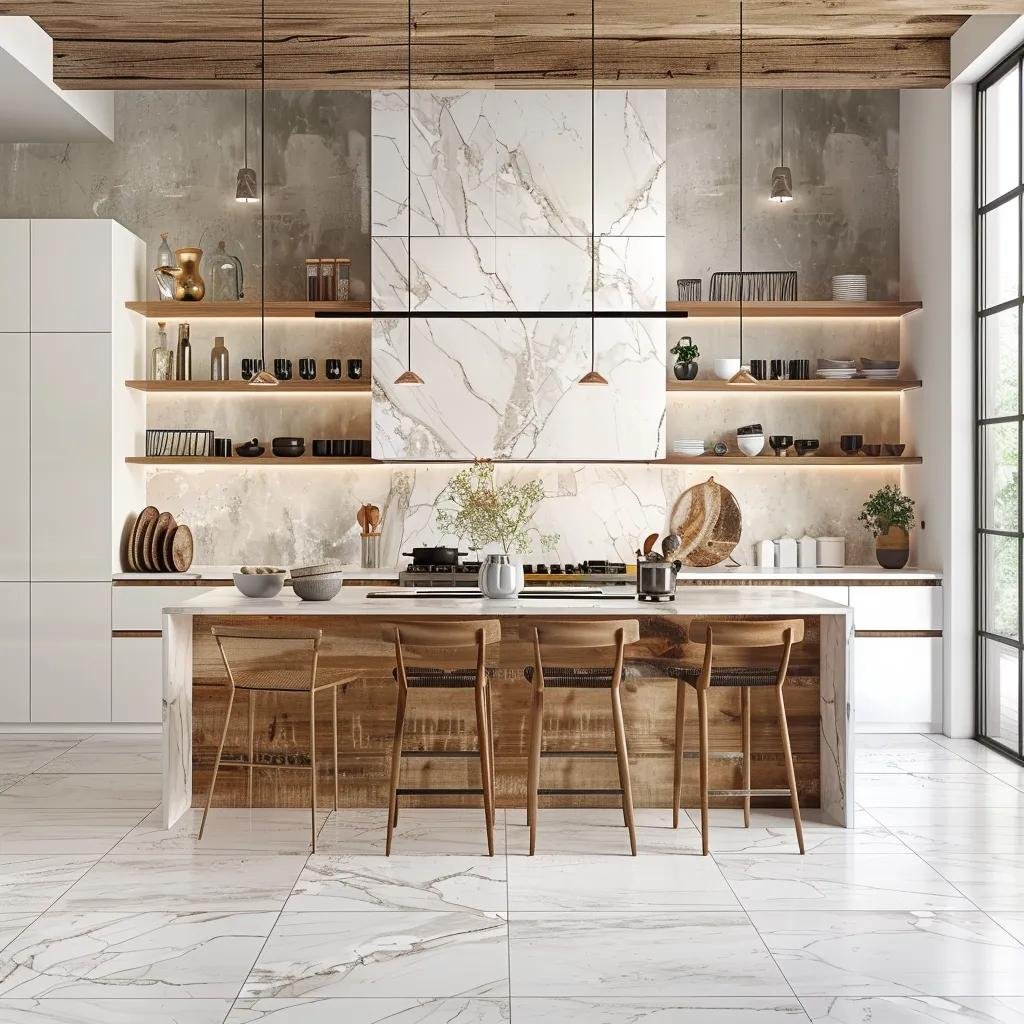
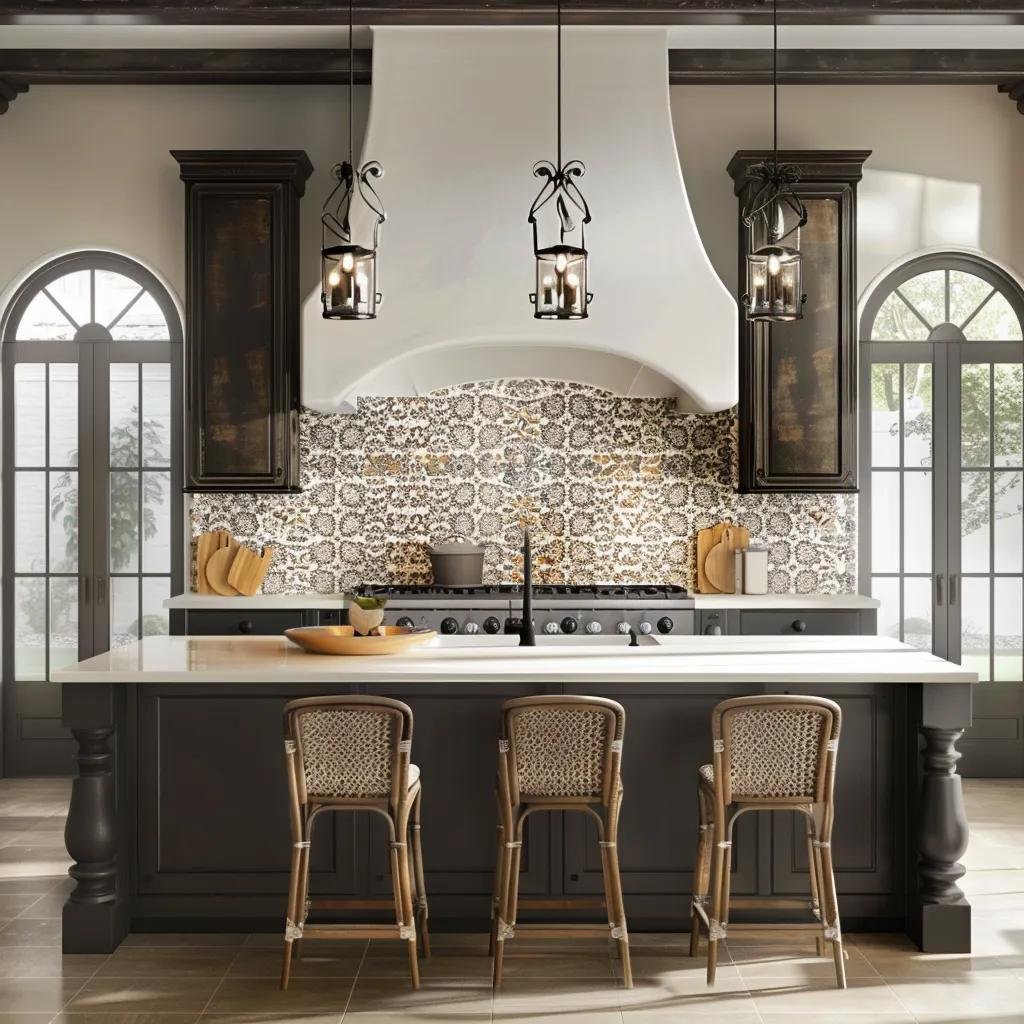
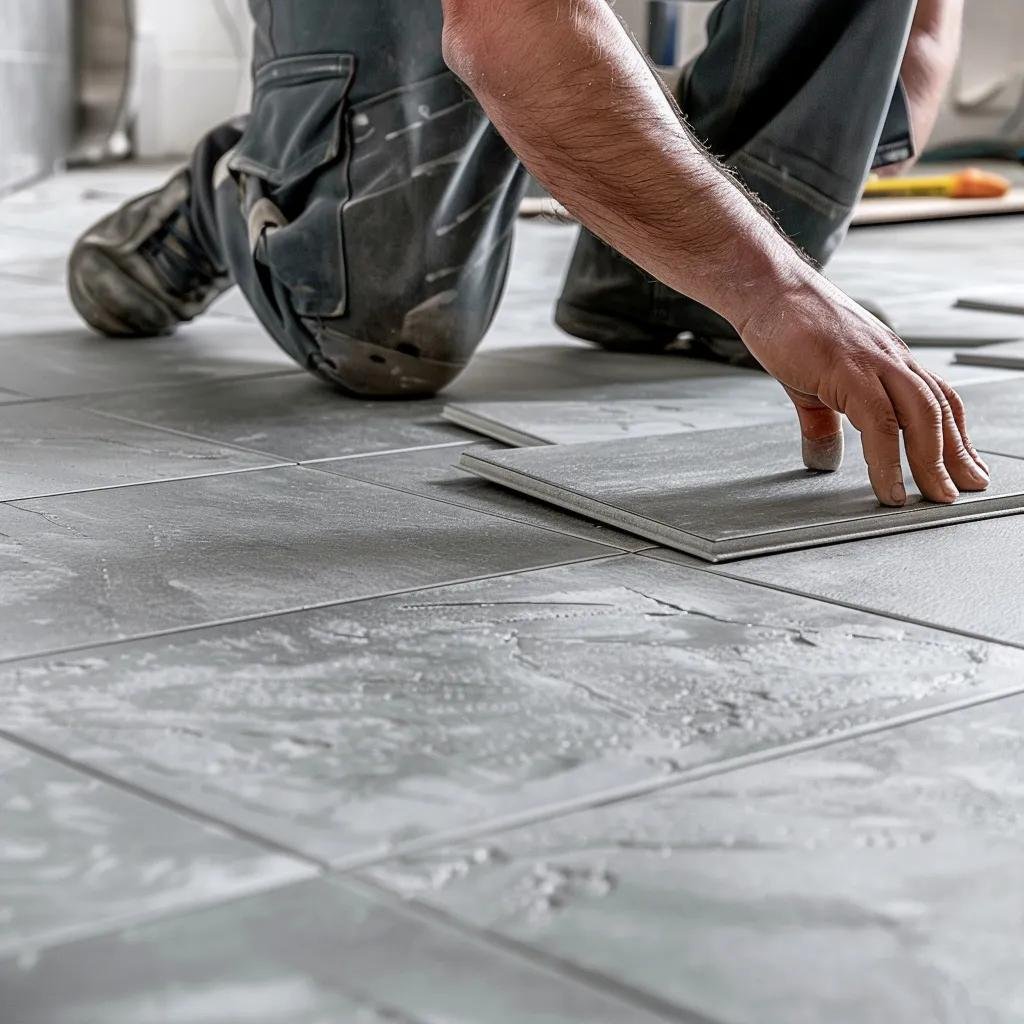
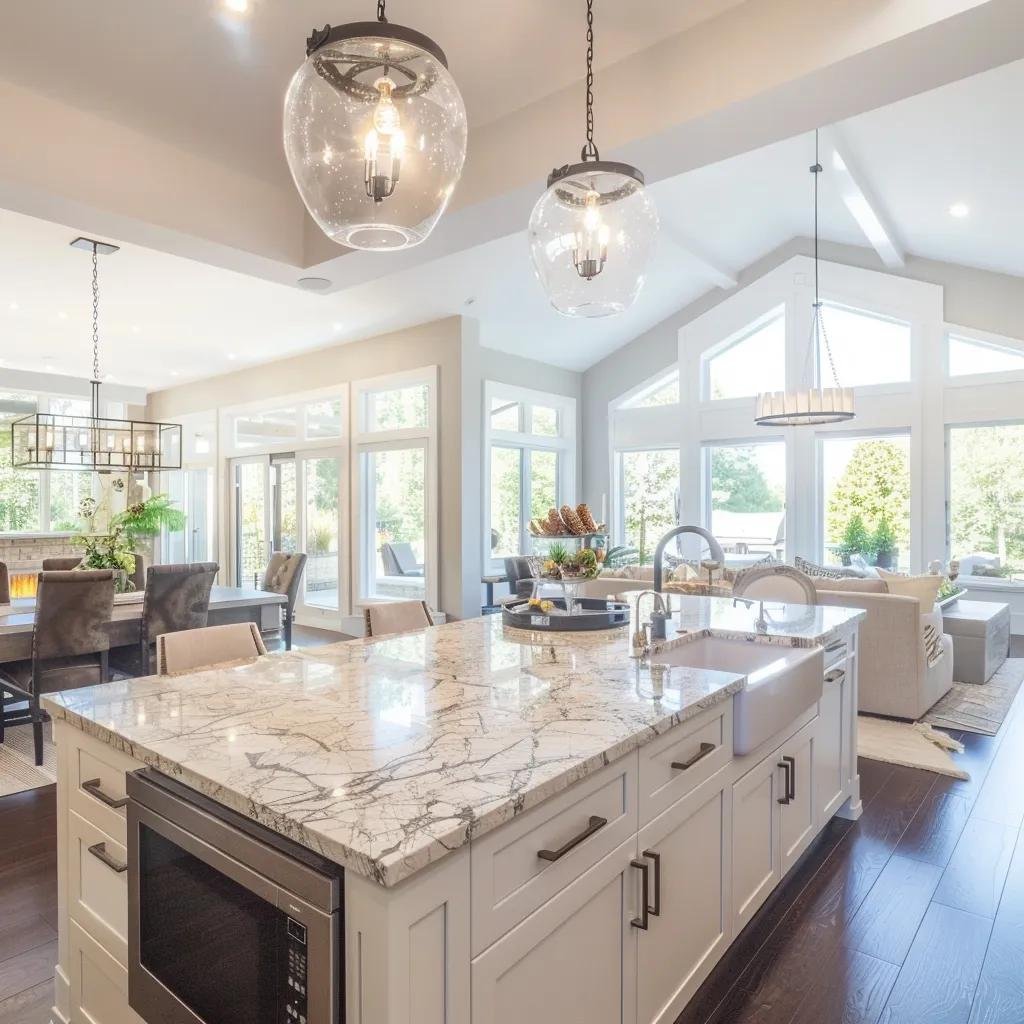
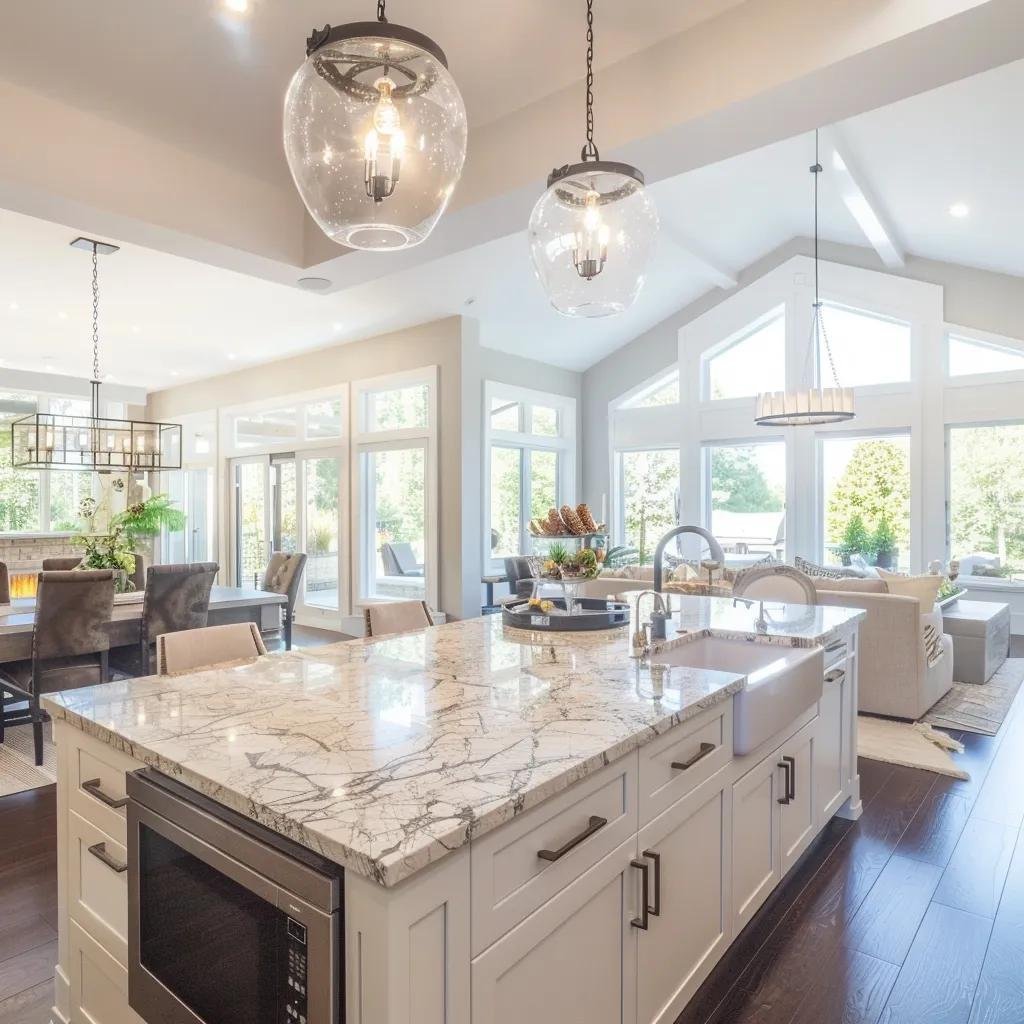
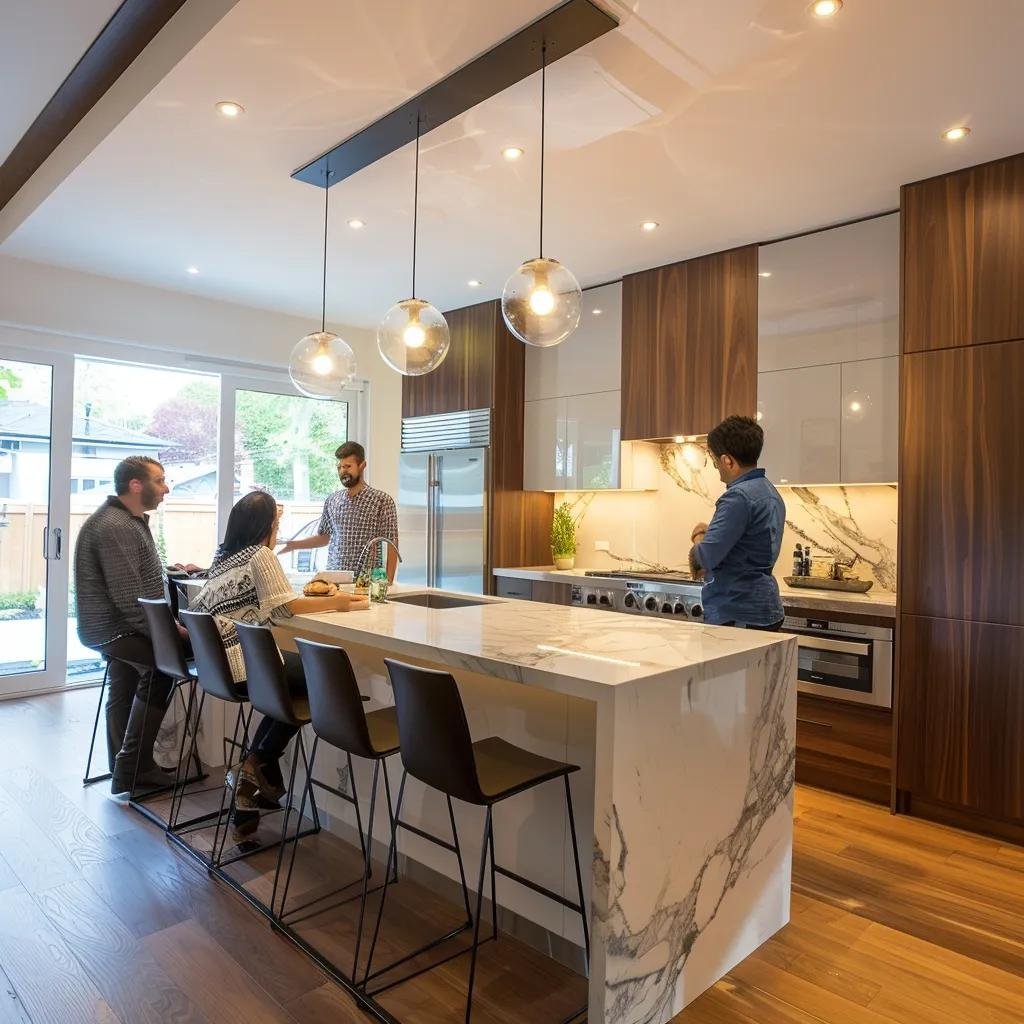
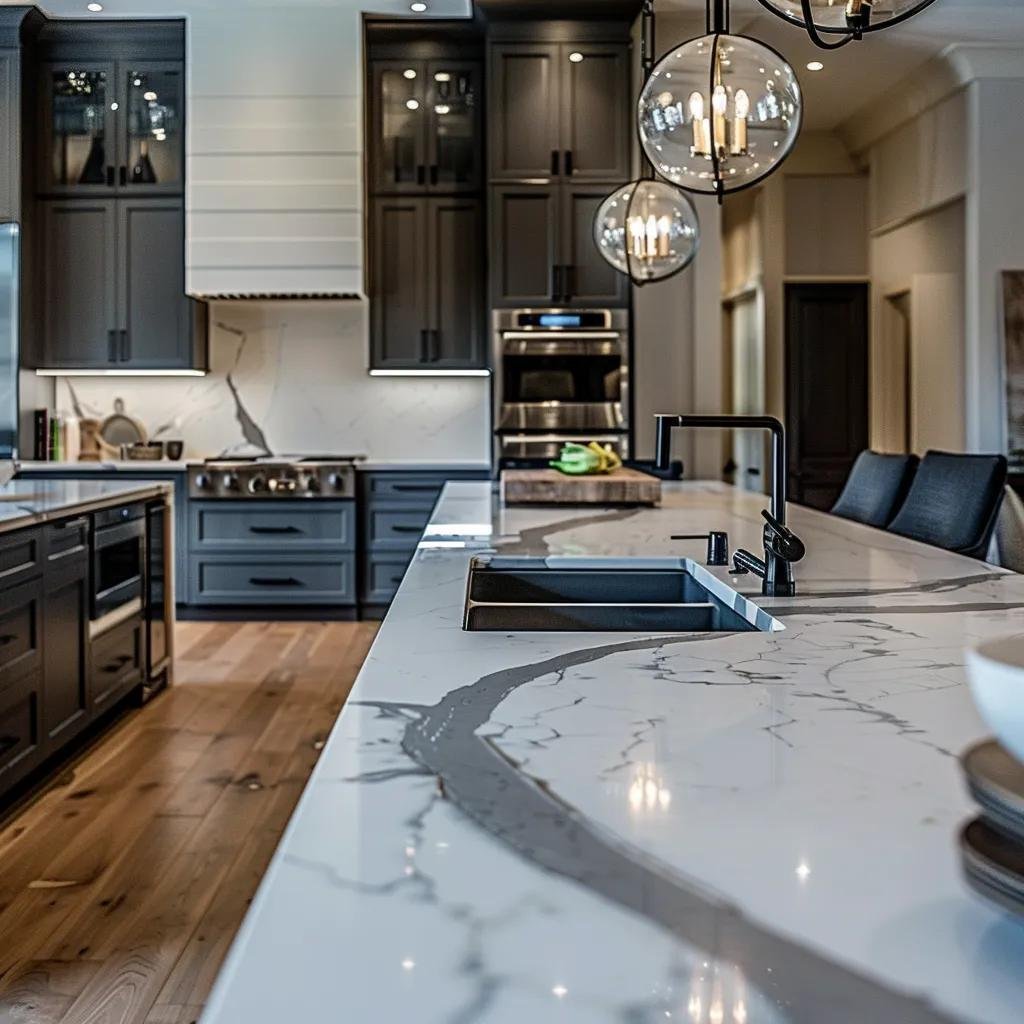
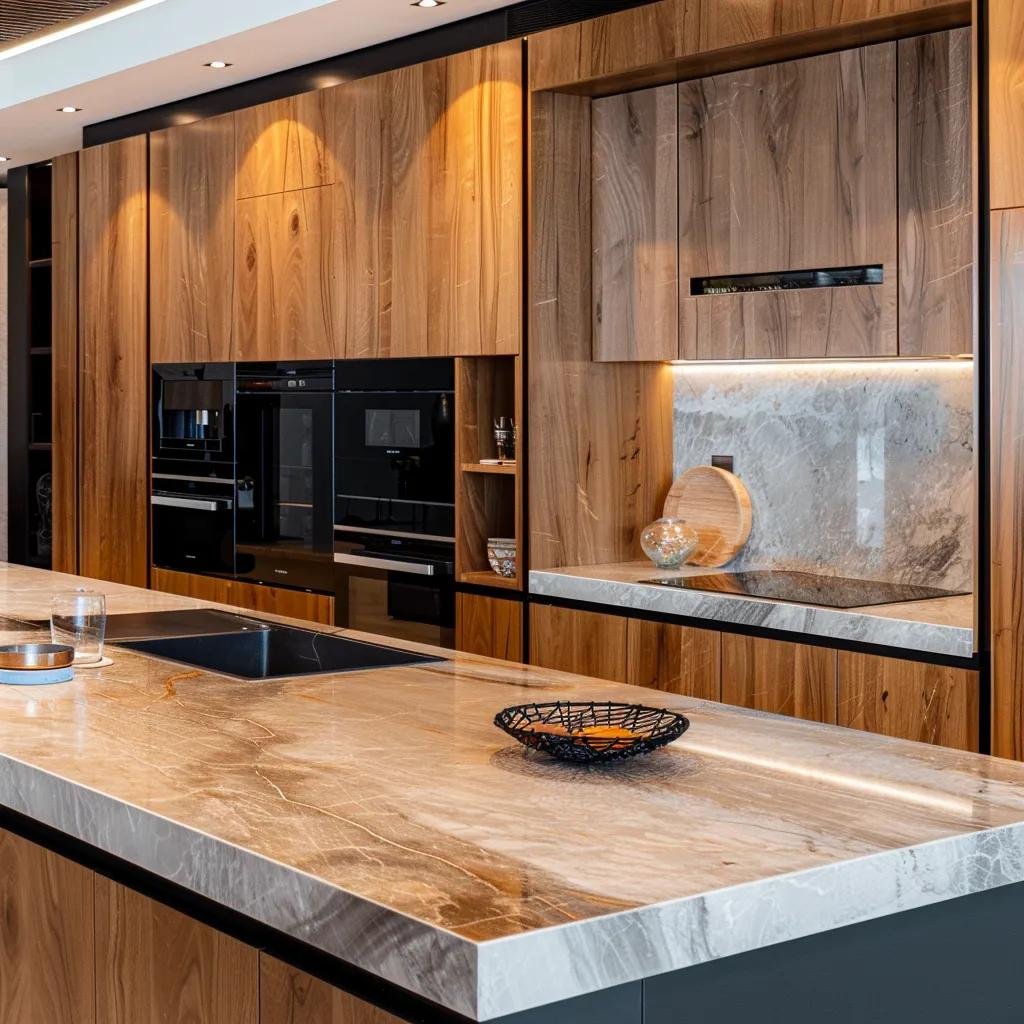
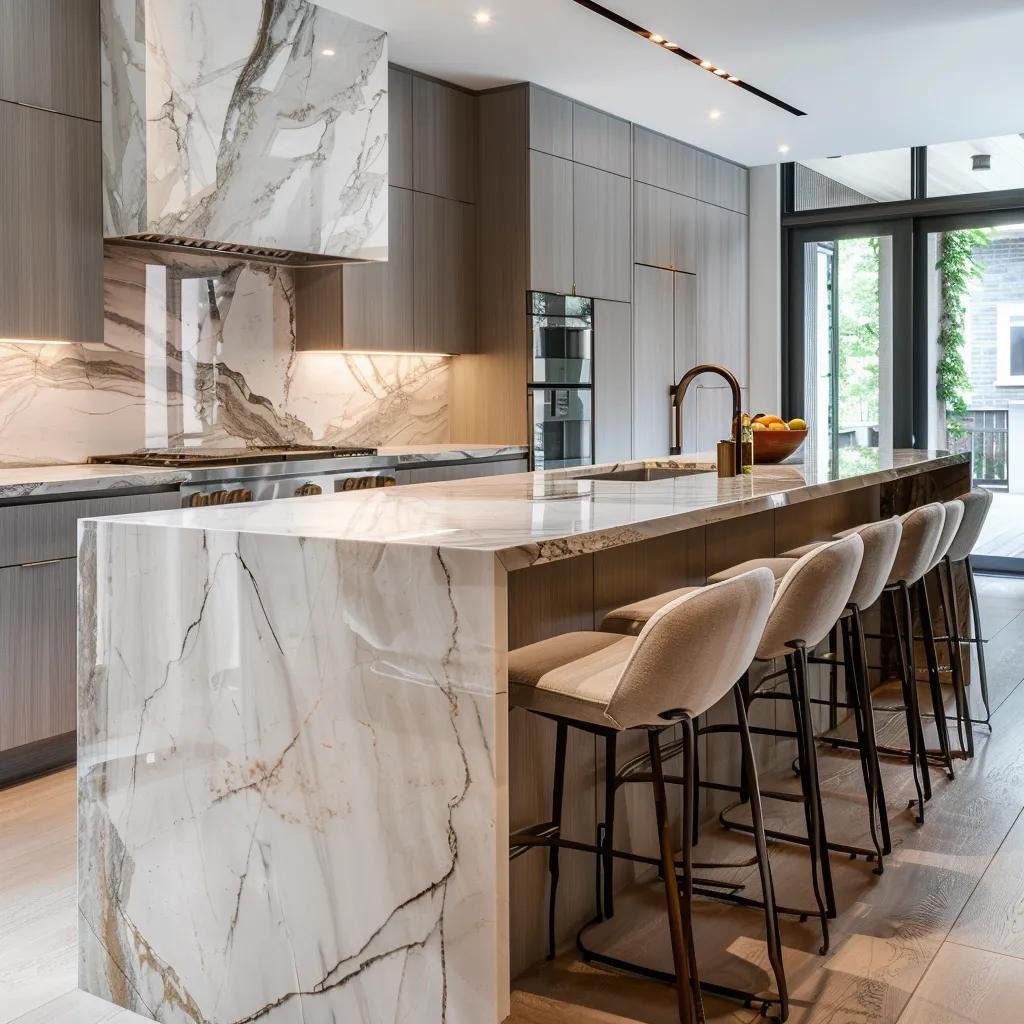
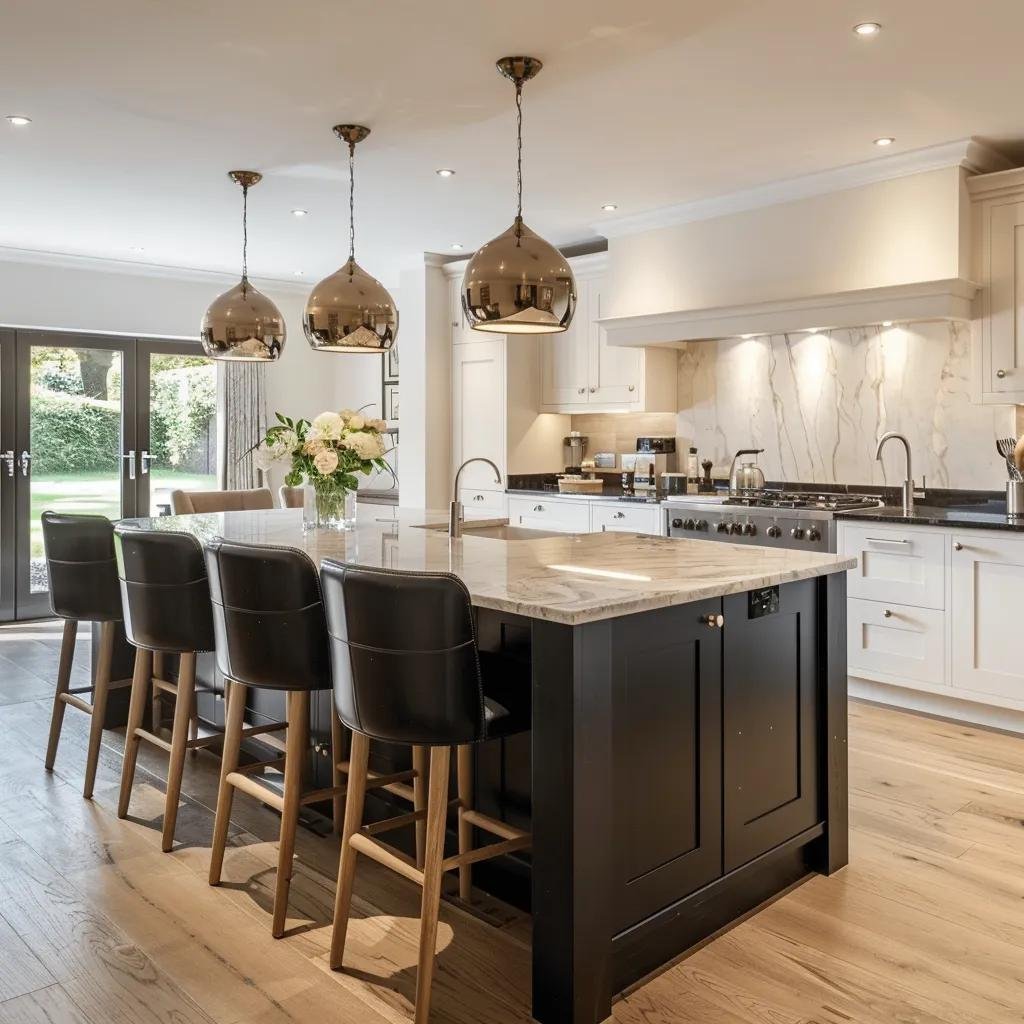

Recent Comments